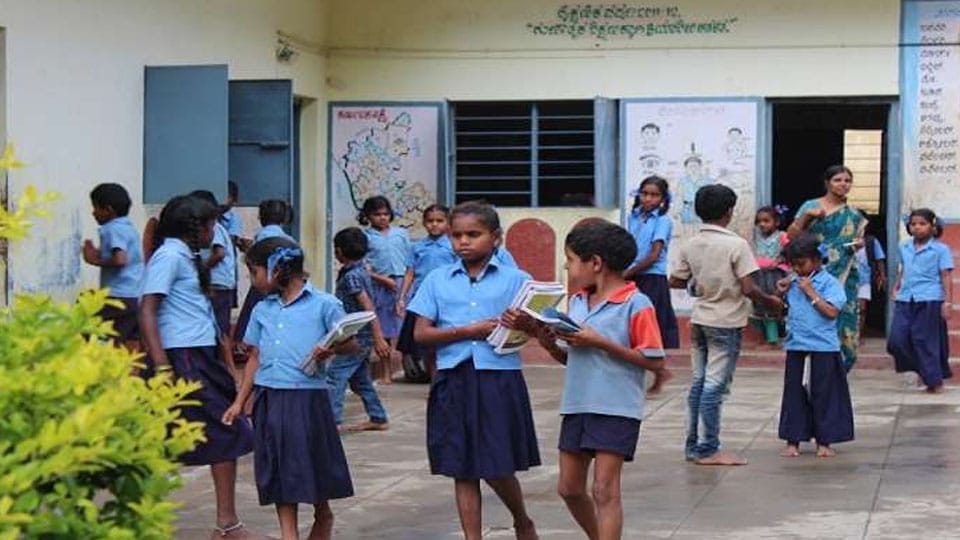Medium of teaching the children at Primary and Secondary School stages, setting question papers of public examination in the final class of Secondary School, contents of textbooks conforming to the syllabus followed in the Schools that come under the purview of the State Government, stipulation of minimum age for admission at the start of schooling, measures to raise the pass percentage particularly in Government Schools, action on bringing back the drop-outs to the classroom, raising the budget allocation for education sector, quality of dishes served to the students under the midday meal programme, provision of textbooks and uniform free of cost, fee structure in privately managed Schools and so on have been debated ad nauseum in many forums including the legislature for years creating scope for further discussions aimed at clinching decisions ostensibly for the welfare of students both during the school years and in their later life. The line dividing the voice of the Government and the view of parents at large on many issues mentioned above, particularly the medium of teaching seems to be thick and unerasable for all time.
Even as the ideal of creating a nationally uniform education system has been sounded in some circles, the Central Government has announced its New Education Policy which has also witnessed public ire for good and bad reasons. Inability to resolve the areas of discord in the policy on the part of both the stockholders and stakeholders of the education sector reflects poorly on the education both sides have received in their life.
While the issues relating to the goings on in the country’s Universities and similarly rated institutions offering technical, medical and management courses are in a different class and mostly kept under wraps, the mass of output from these institutions not harnessed in the country is cumulatively expanding to alarming proportions. As if to add insult to injury, the Human Resources Development Ministry is reportedly modifying the Right to Education Act, 2009 by relaxing norms on school infrastructure including land area, classroom dimension and playground facilities, particularly in urban areas.
In the backdrop of the foregoing ambience in which the country’s 260 million children are learnt to be enrolled, the picture worsens due to two features namely (a) Large population of girls out of school (4.1million) and (b) Children in rural areas without access to education of any quality. The cost of flogging the dead horse of unresolved issues relating to education sector is so enormous that not reining it doesn’t augur well for the country’s future generations.








Recent Comments